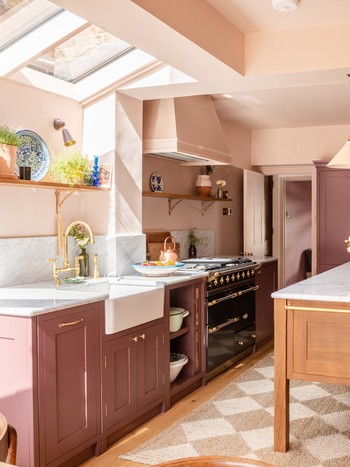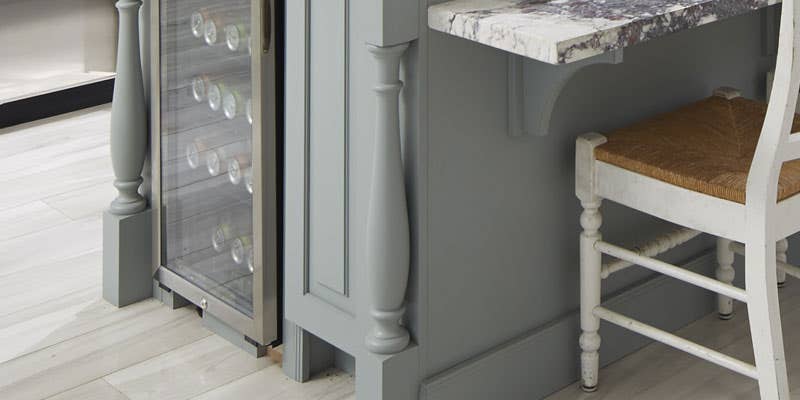Discover Timeless Options in Standard Legs For Kitchen Island Designs
Discover Timeless Options in Standard Legs For Kitchen Island Designs
Blog Article
Essential Factors to Think About When Choosing Legs For Kitchen Area Island
Choosing the appropriate legs for a kitchen area island entails a cautious assessment of multiple aspects that can considerably affect both functionality and aesthetic allure. As we explore these components, it becomes clear that each choice can have significant implications for the overall cooking area experience.
Product Options
When picking legs for a kitchen area island, understanding the numerous product choices is important for accomplishing both visual appeal and structural honesty (Legs For Kitchen Island). The selection of product considerably affects not just the resilience of the island however likewise its total layout and functionality
Wood is a prominent selection, supplying warmth and flexibility. Solid hardwoods, such as oak or maple, offer stamina and can be tarnished or repainted to match the cooking area decor. Metal legs, frequently made from stainless-steel or wrought iron, contribute a modern and industrial feel while making certain longevity and stability. These products are immune to put on and can sustain significant weight, making them ideal for larger islands.
Another option is engineered materials, like MDF or plywood, which can be more cost-effective while still offering a variety of coatings. They may not provide the very same level of stability as strong timber or metal. Legs For Kitchen Island. Lastly, products such as acrylic or glass can develop a contemporary look, though they might call for extra support to ensure security.
Ultimately, the option of product for cooking area island legs must line up with the wanted performance and the overall motif of the kitchen area.
Design and Style

When thinking about design, the form and surface of the legs are important. Conical legs can give a feeling of lightness and style, while thicker, more robust legs can convey strength and security. In addition, the finish-- be it painted, stained, or all-natural-- need to enhance the kitchen cabinetry and counter top products to develop a unified look.
Furthermore, the layout of the legs can also mirror personal taste. Customized or decorative legs, such as those including detailed makings or special geometric shapes, can act as focal points, including personality and character to the kitchen. Ultimately, the ideal selection will certainly not just enhance functionality yet likewise elevate the visual charm, making the kitchen island a standout feature of the home.
Elevation Considerations
Selecting the ideal elevation for kitchen area island legs is vital, as it directly affects both functionality and convenience. The common height for a cooking area island generally varies from 36 to 42 inches, straightening with common counter top elevations.

It is additionally crucial to represent users' heights and choices. Customizing the elevation can guarantee a comfy experience for all member of the family, making the cooking area island a more delightful and practical space.
Weight Assistance
Ensuring adequate weight support for cooking area island legs is essential for both security and capability. The kitchen area island frequently offers several objectives, including food prep work, dining, and added storage, requiring a durable support framework. When selecting legs, it is vital to consider the general weight capacity needed based upon the island's intended usage and the materials that will be put on it.
The selection of material for the legs plays a substantial role in their weight-bearing abilities. Strong timber, metal, and durable compounds typically give superior stamina contrasted to lighter products. Additionally, the style of the legs-- whether they are right, tapered, or have a pedestal kind-- can influence their capability to distribute weight successfully throughout the framework.
Constantly seek advice from the supplier's requirements pertaining to load limits to ensure that the legs can maintain the designated weight without jeopardizing security. In summary, selecting cooking area island legs with published here ample weight assistance is essential for developing a practical and risk-free cooking space.
Installation and Upkeep
Proper setup and maintenance of kitchen island legs are essential for making certain durability and stability. This commonly involves safeguarding the legs to the island base using proper bolts, link making sure that the legs are degree and lined up.
When set up, normal maintenance is necessary to protect the honesty and appearance of the legs - Legs For Kitchen Island. For wood legs, regular cleansing with a moist towel and application of suitable wood gloss can prevent wetness damages and keep their finish. Metal legs may call for a gentle cleansing service to get rid of grease and gunk, adhered to by a dry fabric to avoid rust formation
Additionally, examine the legs consistently for signs of wear or damage, such as cracks or loose joints. Tightening screws or bolts as needed can likewise extend the life-span of the legs. By sticking to these installment and upkeep techniques, home owners can ensure that their kitchen island remains sturdy and aesthetically appealing for years to come.
Conclusion

Aesthetic coherence is extremely important in selecting the style and design of legs for a cooking area island, as these elements substantially affect the total ambiance of the room. Conical legs can provide a sense of lightness and style, while thicker, much more robust legs can communicate stamina anonymous and security.Selecting the proper elevation for cooking area island legs is crucial, as it directly impacts both functionality and comfort. In recap, selecting kitchen island legs with sufficient weight support is vital for producing a risk-free and practical culinary space.
In verdict, picking legs for a kitchen area island demands mindful factor to consider of numerous aspects, including product alternatives, design, height, weight support, and installment.
Report this page